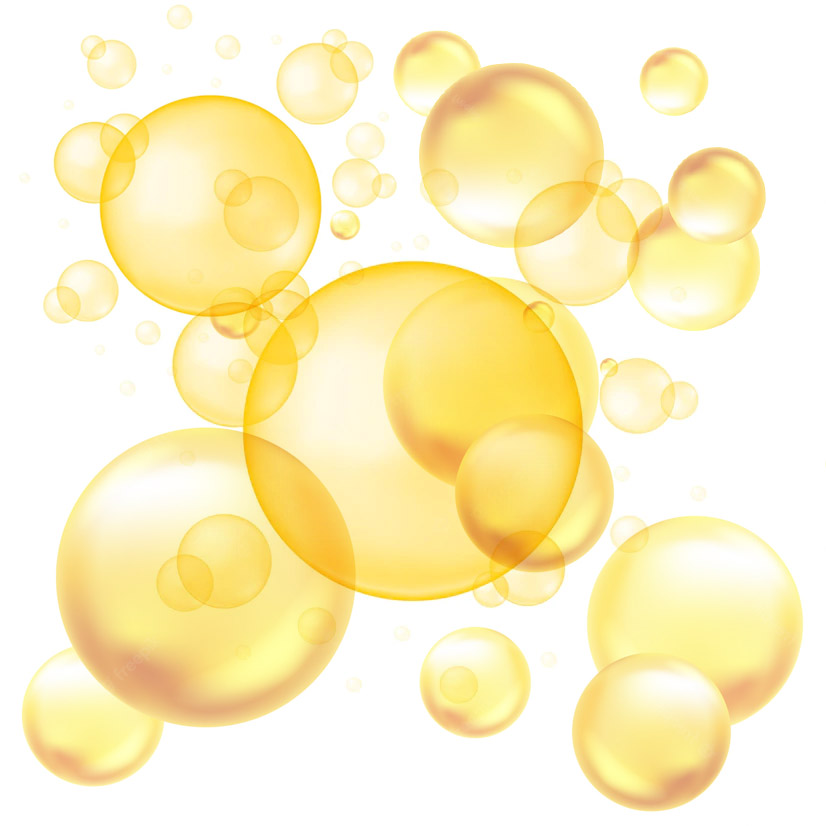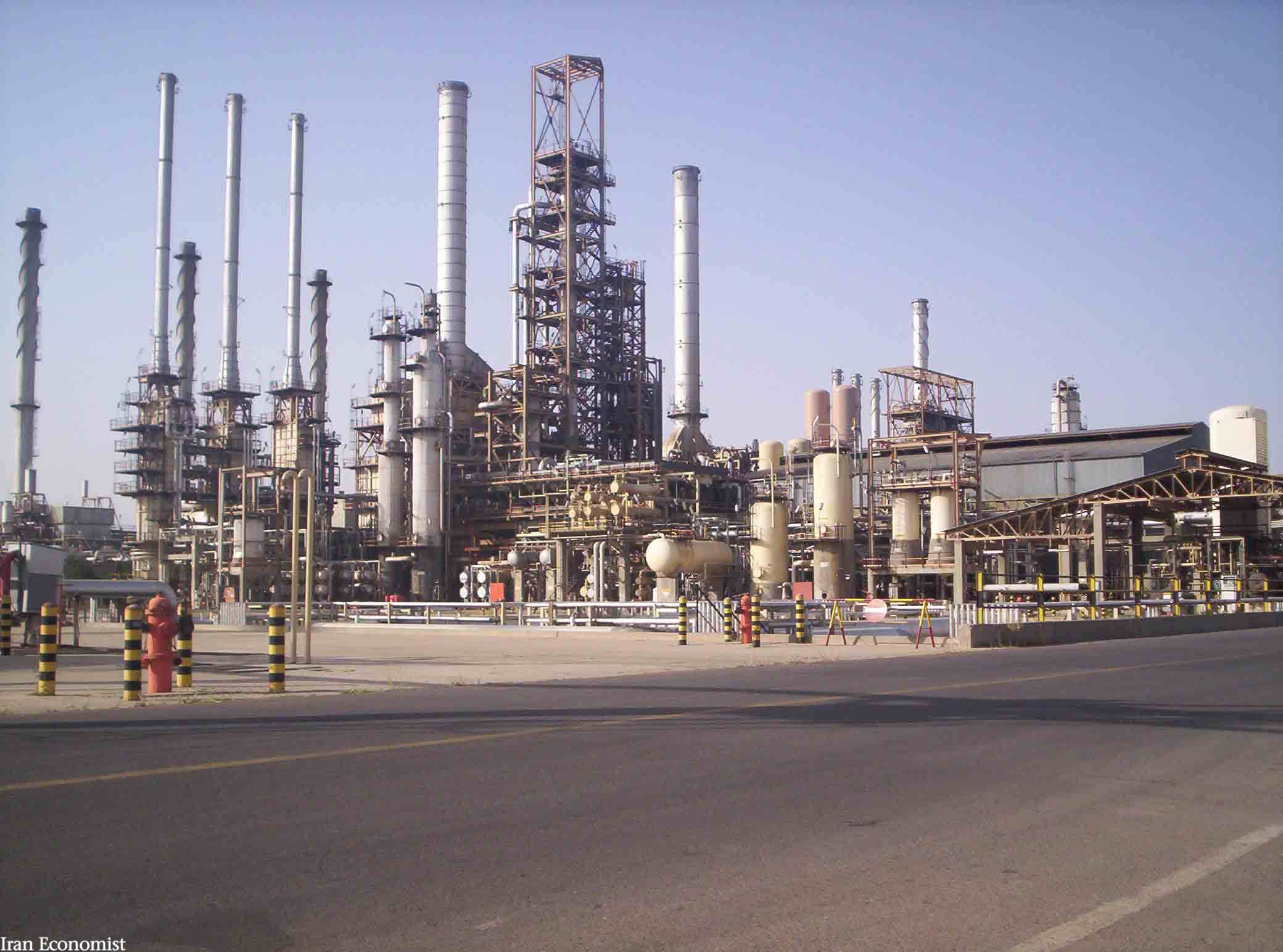EMULSIONS
Whatever the end uses, application conditions usually require bitumen to behave as a mobile liquid. In principle, there are three ways to make highly viscous bitumen into a low-viscosity liquid:
- Heat it
- Dissolve it in solvents
- Emulsify it
Bitumen emulsions are two-phased systems consisting of bitumen, water, and one or more additives to assist in formation and stabilization and to modify the properties of the emulsion. The bitumen is dispersed throughout the water phase in discrete globules, typically 0.1 to 50 microns in diameter, held in suspension by electrostatic charges stabilized by an emulsifier. Bitumen emulsions can be divided into four classes. The first two are, by far, the most widely used:
- Cationic emulsions
- Anionic emulsions
- Non-ionic emulsions
- Clay-stabilized emulsions

The terms anionic and cationic stem from the electrical charges on the bitumen globules. This identification system originates from one of the fundamental laws of electricity – like charges repel, unlike charges attract. If an electrical potential is applied between two electrodes immersed in an emulsion containing negatively charged bitumen particles, they will migrate to the anode. In that case, the emulsion is described as “anionic.” Conversely, in a system containing positively charged bitumen particles, they will move to the cathode, and the emulsion is described as “cationic.” The bitumen particles in a non-ionic emulsion are neutral and will not migrate to either pole. These types of emulsions are rare.
Bitumen emulsions are divided into three categories in terms of setting:
- Rapid-setting (RS)
- Medium-setting (MS)
- Slow-setting (SS)
Cationic RS emulsion is currently the widely used category. Emulsion setting is an irreversible phenomenon that may occur due to the water phase’s evaporation or the water’s attraction by stone materials. The water phase disappears throughout this phenomenon, and bitumen particles will have less space. Then, the bitumen gradually moves toward the surface or coats the aggregate.

Cationic Emulsions
These emulsions are cationic because their bitumen aggregates carry positive charges using Ammonium salts or amine compounds. They are divided into the following categories:
| Cationic Emulsions | ||
|---|---|---|
| CSS | CMS | CRS |
| CSS-1 | CMS-1 | CRS-1 |
| CSS-1h | CMS-2h | CRS-2 |
Tips
- C Stands for cationic
- Letters and numbers are the same as explained for anionic emulsions
Anionic Emulsions
These emulsions, which Carry a Negative charge, are divided into the following categories:
| Anionic Emulsions | ||
|---|---|---|
| RS | MS | SS |
| RS -1 | MS -1 | SS -1 |
| RS -2 | MS -2 | SS -1h |
| HFRS -2 | MS -2h | |
| HFMS -1 | ||
| HFMS -2 | ||
| HFMS -2h | ||
| HFMS -2s | ||
Tips
- HF, which stands for high-float, indicates the bitumen coating of Aggregates
- Numbers 1 and 2 show respectively low and high percentage of Pure bitumen in the emulsions
- H indicates the use of pure bitumen in emulsion
- S indicates the usability of bitumen for mixing with sand materials.


